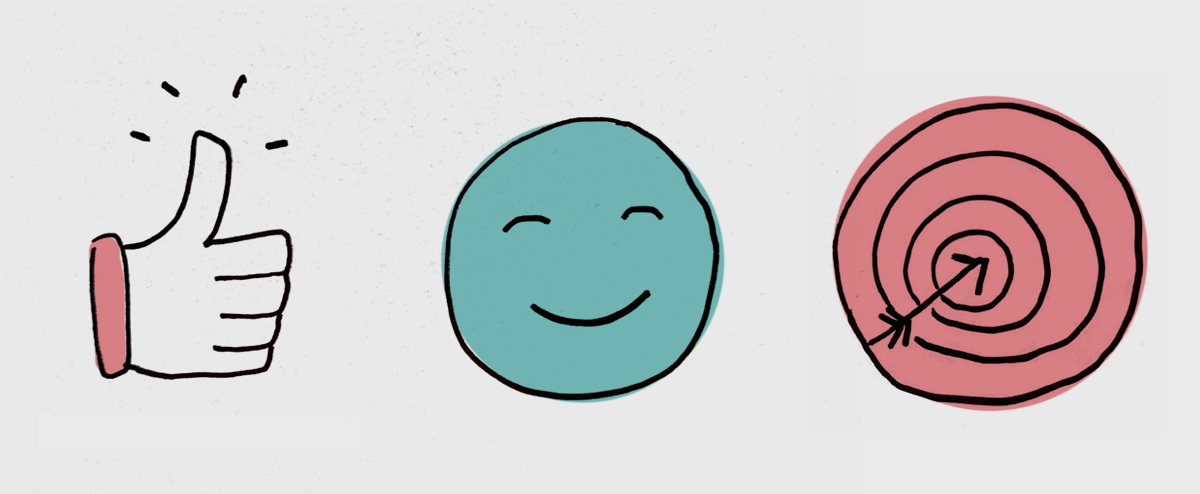Setting Goals and Building Customer-Centric Products with Katie Saindon
Understanding the why behind the projects we are working on brings a sense of purpose to our day-to-day. It's vital to force yourself to step back and ensure you have a process in place that will allow you to think about outcomes and revisit them regularly.
In this article, I will share seven takeaways to help you set successful goals and build customer-centric products from my conversation with Katie Saindon, Principal Product Manager at Qventus. Katie uses the OKR (Objective and Key Results) framework and PRDs (Product Requirements Documents) with outcome, engagement, and satisfaction metrics to measure their goals.
1. Review your goals regularly
Set a cadence to review your metrics every 2-3 weeks. So it's not something you define and forget about it. It's part of the operating mechanism that helps ensure goals happen.
2. Have a primary owner responsible for each objective
Even though the whole team works on delivering the initiative and driving the change, having one owner drives accountability and helps ensure you hit your goals.
3. Limit the success metrics
It's tempting to want to measure everything. There are many engagement metrics and different ways to slice and dice data to make decisions. If you are a talented data-driven team, you may end up with an extensive list. Save time by picking the top hitters and just a few metrics you will focus on. This helps align your team on what you’re trying to drive.
4. Tweak the framework if it doesn't fit your business structure
Be flexible and experiment with the framework to make it work for your business. Katie's team uses the OKR framework along with PRDs with analytics for each solution component to help track additional success metrics like outcomes and satisfaction.
5. Overcommunicate your goals
If you have that “why” in your head, you cannot assume everyone else is on the same page. If you get questions like, "I don't think this will work" or "I don't get why we are doing this," it means that not everyone is on the same page. It's essential to be overly detailed in communicating the goals. If you are overcommunicating, then you are definitely in the right spot, because it's critical that everyone is on the same page about why we are doing what we are doing.
6. Set time aside to review progress
It's easy to launch a feature and move on to the next one right away. Everyone faces the same struggle—no matter what organization you are at or how much you know what you are supposed to do. Set aside calendar time to review your goals and see how you are doing. Is it still this objective? Is the plan you set in the beginning still the right one? Or has it changed, and this is no longer the right thing to do—and that's ok. It’s essential to create space to have those thoughts.
7. Spend time with your users
The most important thing is to properly understand why you have to spend time with your users. Find time to be on-site or on a call with them every week. It makes a massive difference in how you understand not only the problems they face, but the environment they are in, and how specific solutions you are designing may or may not work well based on that environment. So fight for that time, and get out to see your customers, because it dramatically impacts understanding the objective.
Watch more here.
We hope this insightful conversation will help you fine-tune your product development process to set and measure goals and deliver more customer-centric products.
COMING SOON! Adapting and Scaling OKRs Course
We are working on an easy-to-follow course that covers the OKR framework and challenges you may encounter trying to adapt and operationalize OKRs.

